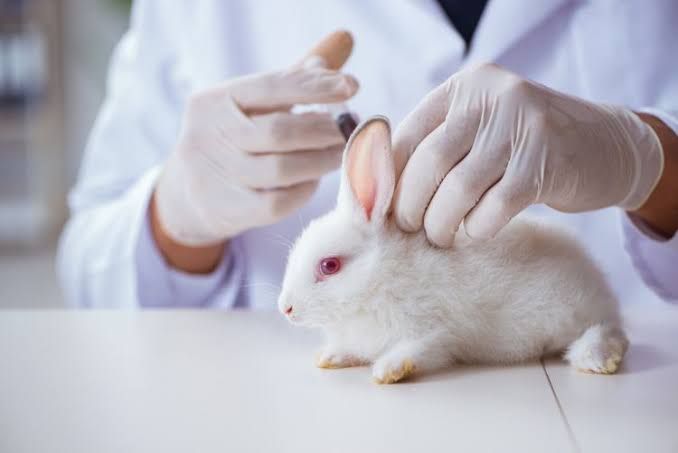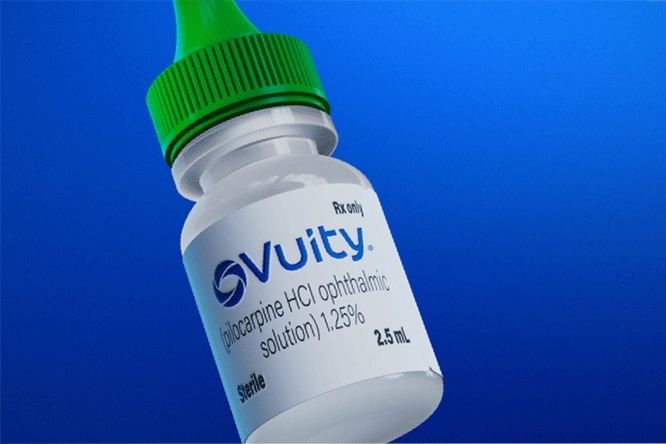
The Rabbit Pyrogen Test (RPT) is one of the oldest and most widely recognized methods for detecting pyrogens in pharmaceutical products, medical devices, and other substances intended for parenteral administration. This test evaluates the presence of pyrogens by measuring the febrile response (fever) induced in rabbits after intravenous injection of a test substance. Below is a detailed step-by-step explanation of the procedures involved in conducting this test.
1. Understanding Pyrogens and Their Significance
Pyrogens are substances that can induce fever when introduced into the body. They include bacterial endotoxins (lipopolysaccharides from Gram-negative bacteria) as well as non-endotoxin pyrogens such as those derived from Gram-positive bacteria, fungi, or other sources. The Rabbit Pyrogen Test is designed to detect both endotoxin and non-endotoxin pyrogens, making it broader in scope compared to endotoxin-specific tests like the Limulus Amebocyte Lysate (LAL) assay.
2. Selection of Rabbits
- Species and Health Requirements: Healthy adult rabbits are selected for testing. These animals must be free from any infections or conditions that could interfere with their normal febrile response.
- Weight Range: Typically, rabbits weighing between 1.5 kg and 3 kg are chosen.
- Acclimatization: Rabbits should be acclimatized to laboratory conditions for at least one week before testing to minimize stress-related variability.
- Baseline Temperature Stability: Only rabbits with stable baseline rectal temperatures within a specified range (e.g., 38°C–39.5°C) are used.
3. Preparation of Test Materials
- Test Substance: The substance under investigation must be prepared under sterile conditions to avoid contamination.
- Control Solutions: A negative control (pyrogen-free saline or water) is used to confirm that no external factors influence the results.
- Injection Equipment: Sterile syringes and needles are required for intravenous administration.
4. Pre-Test Procedures
- Temperature Monitoring Setup: Each rabbit’s rectal temperature is measured using a calibrated thermometer or temperature probe capable of providing accurate readings.
- Baseline Temperature Measurement: Rectal temperatures are recorded at least three times over a period of 30 minutes before administering the test substance to establish a baseline.
- Exclusion Criteria: Rabbits showing abnormal baseline temperatures or significant fluctuations during this period are excluded from testing.
5. Administration of Test Substance
- The test substance is injected intravenously into an ear vein of each rabbit under sterile conditions.
- The volume administered typically does not exceed 10 mL per kilogram of body weight, ensuring that it does not cause undue stress or harm to the animal.
6. Post-Injection Monitoring
- After injection, rectal temperatures are recorded at regular intervals (e.g., every 30 minutes) over a monitoring period lasting up to three hours.
- The maximum temperature rise observed during this period is noted for each rabbit.
7. Interpretation of Results
The febrile response in rabbits is evaluated based on specific criteria:
- If none of the rabbits show an individual temperature rise greater than 0.6°C above baseline, and if the sum of temperature rises for all rabbits does not exceed 1.4°C, the test substance passes.
- If one rabbit shows a temperature rise greater than 0.6°C but the sum remains below 1.4°C, additional rabbits may be tested until conclusive results are obtained.
- If multiple rabbits exhibit significant temperature rises or if cumulative limits are exceeded, the test substance fails.
8. Advantages and Limitations
Advantages:
- Detects both endotoxin and non-endotoxin pyrogens.
- Provides direct physiological relevance since it measures an actual biological response.
Limitations:
- Variability due to biological differences among rabbits (e.g., species-to-species variation).
- Sensitivity issues with certain classes of drugs where pyrogens may be masked by chemical properties.
- Ethical concerns related to animal use have led to efforts toward replacing this method with alternative assays like Monocyte Activation Tests (MAT).
9. Regulatory Considerations
The Rabbit Pyrogen Test remains recognized by pharmacopeias such as USP <151> but has been increasingly supplemented or replaced by alternative methods like BET (Bacterial Endotoxins Test) or MAT due to ethical concerns regarding animal welfare.







